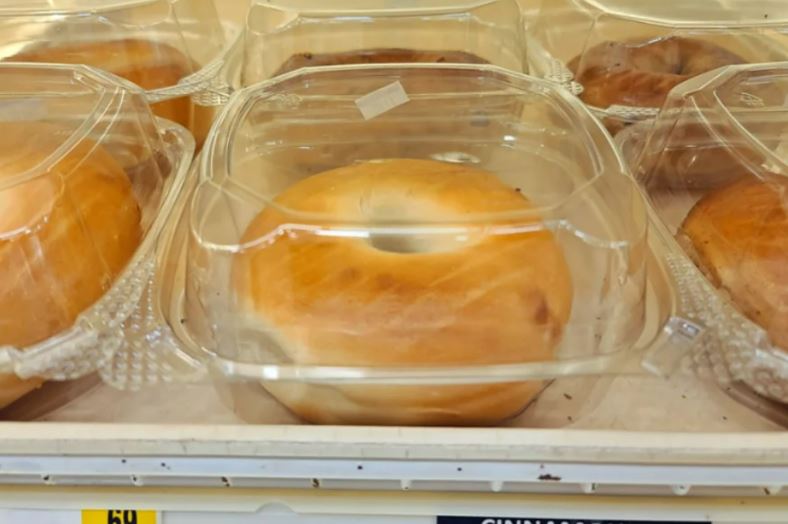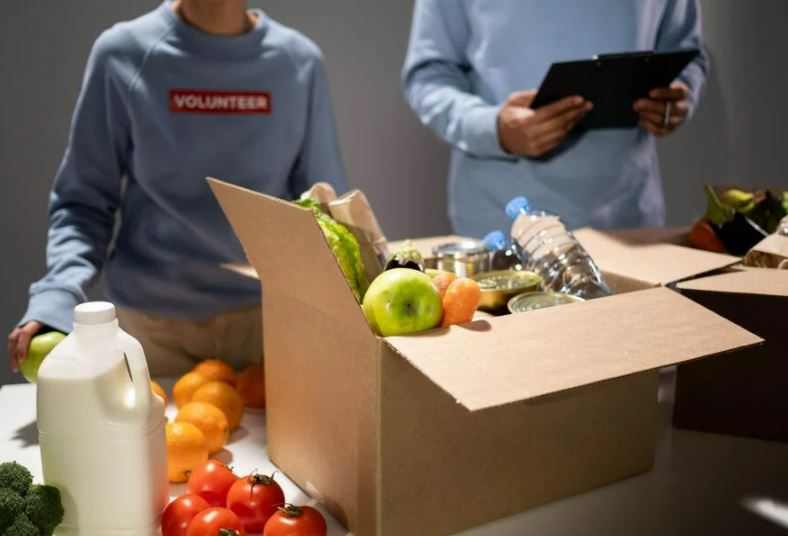6 amazing food packaging trends to follow in 2023
2023-01-11
Like all industries, packaging trends in food markets are prone to change. The evolution of consumer perceptions and technology are the main reasons behind the new trends. Since packaging is the first interaction between the product and prospects, it should be attractive, tempting and stand out from the competition.

This article will show six fashionable food packages to look out for in 2023. But first, here is a brief overview of the food packaging market size.
A brief overview of the food packaging market size
According to Fortune Business Outlook, the global food packaging market is projected to grow from $338.34 billion in 2021 to $478.18 billion in 2028, with a CAGR of 5.1%.
Changing lifestyles and eating habits are driving the growing consumer demand for food packaging. In addition, the increase in per capita disposable income and the increase in population also increase the demand for packaged food.
In addition, the increase in health awareness among the public has led to more consumers opting for packaged foods with a longer shelf life. In addition, technological advances have helped to improve the shelf life and safety of packaging.
6 notable food packaging trends that consumers should follow in 2023
Stand-up ziplock bag
Growing concerns about hygiene among consumers are forcing food brands to consider transparent packaging options. Nowadays, many consumers want to take a look at the contents of food, while looking at the nutritional data mentioned on the package.

Ziplock food packaging allows brands to lead with honesty. Unlike opaque packaging, they can take the guesswork out by showing what consumers are receiving with transparent information that communicates the value of a product.
It is a flexible food packaging as it is available in a wide range of sizes, which means that it is suitable for multiple food products. Resealable ziplock bags have a firm grip seal and handling options.
In addition, food companies can add concise information to build trust with their target market. Today’s consumers are getting tired of information overload. They only want to see the most relevant data, such as ingredients and nutritional profiles.
Adhesive film for food wrapping
Many chefs and caterers use cling film more for food packaging in their kitchens because it is fast, versatile and relatively easy to use.
This packaging is suitable for all types of food wrappers except pure fats and oily products. In addition, consumers can use them in refrigerators, freezers and microwaves. Therefore, packaging retailers should look for adhesive wraps designed with food safety measures.
Today’s clients are dealing with their corporate, social and environmental responsibilities. That is why adhesive wraps must comply with local and national regulations. In addition, adhesive films offer a better solution for preserving food and improving shelf life when chosen carefully.
Sealed glass jars
Glass containers make plastic containers compete for your money as a packaging option. Bulk and waste-free food companies now use glass jars to package their products. The use of environmentally friendly packaging for food improves its reputation in the market and increases its popularity.
The best part is that the glass can be molded according to customer specifications. They can also add labels while displaying the contents of the jar. These traits increase pleasure and make purchasing decisions easier for potential customers.
Sealed glass jars are preferred for food packaging. Why? Because they prevent harmful chemicals from contaminating foods and liquids. Glass has a nominal chemical contamination rate that preserves purity and taste.
Retailers and wholesalers in the field of food packaging need to stack a wide range of glass containers to meet customer requirements. Scratch-resistant glass bottles that are customizable and temperature-resistant will help them meet customer demands and increase their sales.
Disposable sugar cane food boxes
Increasing awareness of climate change has catalyzed the green movement around the world. Because of this, food companies are now prioritizing the green agenda, despite their various global struggles. Therefore, they are more inclined to buy food packaging from wholesalers with an environmentally friendly range.

Packaging wholesalers should consider how they can offer their customers a plastic-free range and biodegradable options. At the same time, they need to make sure that the packaging is functional and the customer experience remains intact.
Disposable sugarcane packaging is an environmentally friendly alternative to traditional packaging options. This renewable and ethically sourced material is lightweight, versatile and relatively cost-effective. Essentially, polymeric nanocomposites are desirable for use in food packaging materials to preserve shelf life.
packaging food in sugarcane containers will close the waste cycle because they are made from plants. This means that it can be returned to the earth as food for the soil and used to grow more plants.
Custom clamshell packaging
Clamshell packaging offers a lot of benefits for consumers and food companies. It is made of thermoformed plastic and the edges can be sealed if airtight protection is required.

In general, shell food packages are considered versatile because they can be reused if opened. This reduces their environmental footprint. In addition, food suppliers are exploring packaging options that provide an easy way to get a complete box for the product. Such food-safe packaging ensures that a product is protected from improper handling and poor storage conditions.
Clamshell food packages can be adapted to the shape and size of a customer’s products. For example, a wholesaler may receive orders for custom snack boxes made from shells. They also offer high-clarity visibility, giving customers the peace of mind they crave. In addition, they are an instant selection of customers who deal with food packaged on site for retail in operation.
It is therefore essential to have stocks of clamshell-type packaging suitable for safe transport and handling that arrives on the shelf in perfect condition and ready to be sold.
Aluminum foil container/box for food
Aluminum packaging has gained the attention of food companies for its wide spectrum of benefits. The development of the market and the application of various enterprises reveal that aluminum food packaging can provide an excellent barrier for protecting food. There is an insignificant chance of light and air getting into the containers, which helps to preserve the quality of food.
The best part is that they can be molded according to customers’ preferences. It is also proven that the expanded use of aluminum foil food boxes actively participates in the preservation of a green environment and allows food companies to prioritize sustainability.
Aluminum is a lightweight material, so its production costs are significantly lower than other packaging materials.

How to choose the right food packaging?
Color and size are typical things that make a package stand out on the shelves. However, there are other factors to consider when choosing a package.
Food packaging retailers need to address the unique requirements of the food industry, which include:
Temperature
If the packaging is exposed to extreme temperatures, it must be composed of high-strength materials.
Label requirements
Food products should have labels to distinguish them from the rest. Therefore, the design should leave space for placing the labels.
Size
Containers for food should be chosen taking into account their volume. Liquids, such as juices, may require a deeper design, while solids, such as fruits or sandwiches, may be stored in shallow
containers.
Strong barrier
The food packaging design should have a strong seal or other closing options. This helps to keep food products safe.
It is vital to provide multiple packaging options so that customers can choose according to the quality of food. Finding several options on a single platform will prevent them from checking out competitors’ products.
In conclusion
Companies in the food packaging industry need to be aware of ongoing trends while identifying what end consumers need and how they can modify their stock accordingly.




